Food & Drinks
Musté, ?? – Exploring Meaning, Context, and Significance

The word musté and the symbol ?? together create a curious and layered subject. At first glance, they may seem mysterious, almost like fragments of a forgotten language or a coded expression. Yet when unpacked, they open a door to different interpretations: cultural, emotional, and symbolic. Words like musté can carry multiple layers of meaning depending on the setting, while the ?? often acts as a punctuation of uncertainty, curiosity, or emotional hesitation. Bringing these elements together allows us to think about communication, culture, and human expression in a fresh way.
Linguistic Roots of Musté

The origins of musté can be traced across languages and cultures. In some European contexts, musté connects to words like must or muste, often associated with the pressing of grapes or fresh juice. In other cases, the term resembles fragments from French or Spanish, where the accents alter both pronunciation and meaning. These overlaps highlight how a single word can shift in meaning based on accent marks, phonetics, and regional usage. Language is not fixed, and musté stands as an example of how words travel and transform.
Musté as Expression and Identity

Beyond linguistic roots, musté can be seen as a form of identity. Words like these often become part of cultural self-expression, whether in music, poetry, or community storytelling. A term that appears unfamiliar to outsiders may carry deep symbolic weight for those who use it daily. Musté could signify freshness, a stage of transformation, or even a metaphor for something incomplete but full of potential. The accents and the unusual form remind us that language is as much about identity as it is about communication.
The Role of “??” in Modern Communication

The double question mark ?? is not just punctuation. It embodies emotion. In digital communication, it often signals confusion, disbelief, or an urgent request for clarity. Unlike a single question mark, which denotes inquiry, the repetition amplifies the feeling behind the message. It is informal, expressive, and deeply tied to the immediacy of online conversation. When paired with a term like musté, the ?? adds another layer—suggesting doubt, curiosity, or an open-ended search for meaning.
Musté, ?? in a Cultural Context
When viewed together, musté and ?? create a hybrid expression that feels both poetic and modern. Imagine a phrase like “musté??” in a message or a piece of art. It suggests an unfinished thought, a hesitation, or a challenge to interpretation. In literature, this combination could symbolize transformation or uncertainty. In music, it might serve as a title for a track that deals with themes of doubt, renewal, or emotional intensity. In daily life, it could be shorthand for moments when words alone feel insufficient.
Philosophical Interpretations of Musté, ??
Philosophically, musté, ?? invites us to reflect on states of uncertainty. Life itself often mirrors this pairing: we find ourselves in moments of growth (musté as freshness, as something being pressed into being) while simultaneously grappling with doubt (??). The tension between clarity and confusion is part of the human experience. This expression becomes a metaphor for that state, encouraging us to embrace both what is forming and what is unresolved.
Musté in Artistic and Creative Work
Artists and writers often seek out words that are layered, ambiguous, and suggestive. Musté, ?? fits this perfectly. In visual art, it could be a motif representing transformation. In poetry, it could symbolize hesitation or the fragility of meaning. The unusual form of the word, accented and slightly enigmatic, lends itself to creative exploration. It feels unfinished but powerful, much like sketches that later become masterpieces.
The Emotional Weight of Musté, ??
Emotions are not always easily defined. Sometimes, we rely on unusual expressions or symbols to capture feelings that standard words cannot. Musté, ?? resonates because it feels raw and open-ended. It conveys a sense of curiosity mixed with doubt. It is the kind of phrase someone might use when they are trying to name something that resists definition. That emotional openness is what makes it compelling and relatable.
The Modern Relevance of Musté, ??
In today’s world, where communication is fragmented across languages, cultures, and digital platforms, expressions like musté, ?? embody the hybrid nature of meaning-making. They remind us that we live in a time of overlapping influences. A single phrase can hold linguistic history, cultural identity, and emotional resonance all at once. It is not about one fixed meaning but about layers of interpretation. That flexibility makes it especially relevant in global, digital conversations.
Conclusion: The Significance of Musté, ??
Musté, ?? is more than just a word and a pair of question marks. It represents a way of thinking about uncertainty, identity, and transformation. It is about how language evolves, how punctuation becomes emotion, and how cultural fragments merge into something new. By reflecting on this expression, we acknowledge the richness of human communication. Words are never just words; they are living symbols that carry history, emotion, and possibility.
Read More: Bardoek, ??, and the Meaning Behind I
Food & Drinks
Chinatown Hawker Leftovers Consumption: A Complete Guide

Introduction to Chinatown Hawker Leftovers Consumption
Food culture in bustling urban areas often tells a story of history, community, and sustainability. One topic that has drawn attention recently is chinatown hawker leftovers consumption. Hawker centers, especially in places like Singapore, are iconic spots for affordable, delicious meals. But with the huge volume of food served daily, leftovers become an important subject of discussion. This article explores what chinatown hawker leftovers consumption means, its implications, and why people are paying attention to it.
What Does Chinatown Hawker Leftovers Consumption Mean?

The phrase refers to the practice of dealing with food that is left unsold or uneaten at hawker stalls in Chinatown. It can mean a few different things:
- The reuse of unsold food by hawkers themselves.
- Donations of leftover meals to charities or food banks.
- Direct consumption of leftover meals by customers or community members.
Chinatown hawker leftovers consumption highlights both food waste issues and cultural practices around sustainability.
Why the Issue Matters
Every year, tons of edible food are thrown away globally. In a place like Chinatown, where hawker stalls serve thousands daily, even a small percentage of leftovers adds up. Addressing Chinatown hawker leftovers consumption matters because it:
- Reduces food waste.
- Supports community welfare.
- Promotes awareness of sustainability.
Cultural Aspects of Chinatown Hawker Leftovers Consumption
Hawker centers are not just food courts; they represent cultural identity. In Chinatown, leftovers are often tied to traditional practices of avoiding waste. For older generations, finishing food and sharing surplus are seen as signs of respect and responsibility. Thus, chinatown hawker leftovers consumption is not only practical but also cultural.
Environmental Impact of Leftovers
Leftovers, if not managed, contribute to waste management challenges. Rotting food produces methane, a harmful greenhouse gas. By encouraging responsible chinatown hawker leftovers consumption, communities can reduce their carbon footprint and promote environmental sustainability.
Health and Safety Concerns
One of the main debates around Chinatown hawker leftovers consumption revolves around safety. Authorities and consumers often ask:
- How long can leftovers be kept safely?
- Are reheated foods still safe for consumption?
- Should hawkers be allowed to donate surplus meals without liability?
Balancing safety with sustainability is key to making leftover consumption both practical and healthy.
Economic Benefits

For hawkers, managing leftovers well can save money. Instead of wasting ingredients, they can repurpose them creatively or partner with food redistribution groups. On the consumer side, Chinatown hawker leftovers consumption can make meals more affordable when stalls sell food at discounts near closing time.
Community and Social Value
Leftover food in Chinatown is sometimes redirected to vulnerable communities. This practice ensures that food feeds people instead of going to landfills. Community programs built around hawker leftovers help foster a sense of unity and responsibility.
Government and Policy Role
Authorities play an important role in shaping how leftovers are handled. Regulations around hygiene, liability, and food safety affect whether hawkers can donate or resell leftover meals. Some governments encourage redistribution by offering incentives or clear guidelines to reduce waste.
Innovations in Managing Leftovers
Technology and creativity are reshaping Chinatown hawker leftovers consumption. Apps that connect stalls with buyers, organizations that collect and distribute meals, and new packaging that extends shelf life are all part of the solution. These innovations help reduce waste and maximize resource use.
Ethical Considerations
Ethically, throwing away edible food while communities struggle with hunger raises questions. Chinatown hawker leftovers consumption invites reflection on fairness, responsibility, and the balance between profit and care for others.
Case Studies and Examples
In some Chinatowns, hawkers partner with NGOs to collect and distribute food nightly. Others implement discounts on meals close to stall closure. These case studies show how small changes in Chinatown hawker leftovers consumption can make a big difference.
Challenges to Wider Adoption
Despite the benefits, challenges exist:
- Lack of awareness among consumers.
- Reluctance from hawkers due to safety concerns.
- Limited infrastructure for collection and redistribution.
Overcoming these requires education, support, and collaboration.
The Future of Chinatown Hawker Leftovers Consumption
Looking forward, the practice is likely to grow as sustainability becomes a stronger global focus. With better awareness, technology, and community engagement, Chinatown hawker leftovers consumption could become a model for reducing food waste in other cities too.
Final Thoughts on Chinatown Hawker Leftovers Consumption
Chinatown hawker leftovers consumption reflects a blend of culture, sustainability, and community responsibility. By addressing the challenges and embracing solutions, this practice can help build healthier, more sustainable food systems while honoring traditions of care and respect for resources.
Also Read: Kalibraatio: A Complete Guide to Calibration and Its Importance
Food & Drinks
Understanding Mannacote, Mannacote??, and the Story Behind Costco Crepe Mannacot
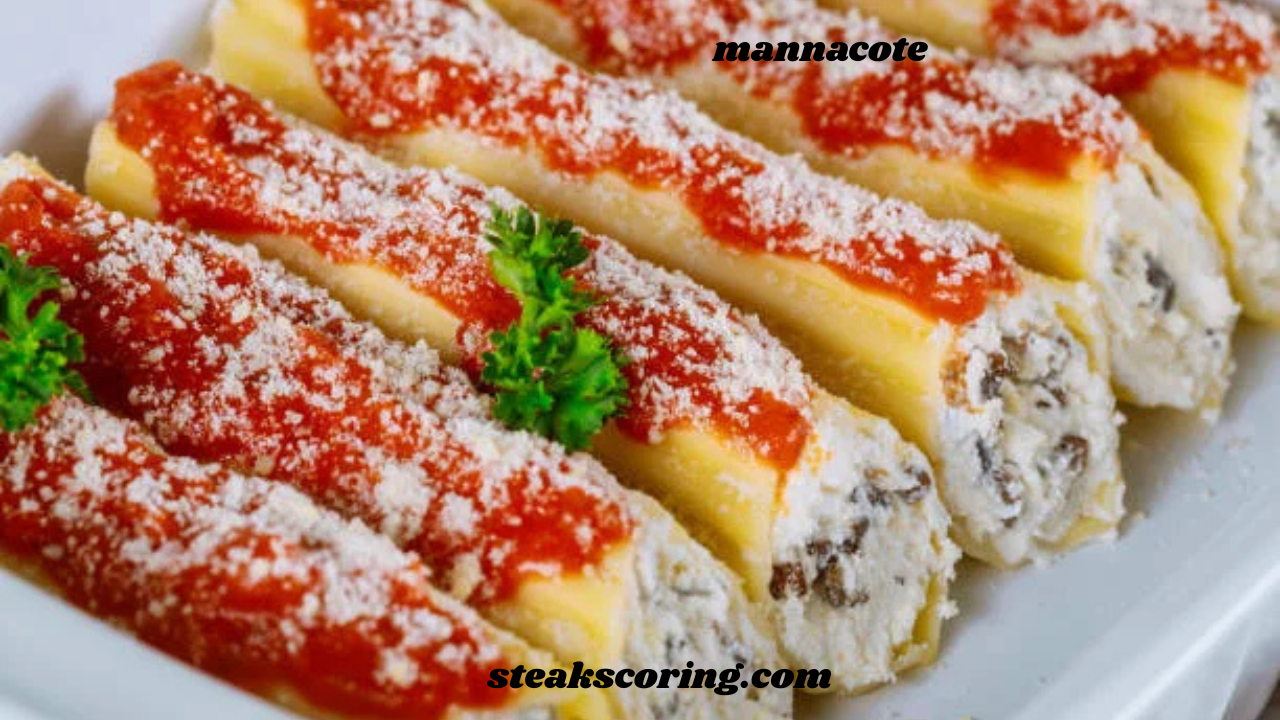
Introduction
The word mannacote or mannacote?? sparks curiosity. It appears in different contexts, often leaving people wondering what it means, where it comes from, and how it relates to familiar foods or cultural traditions. Sometimes it surfaces in family recipes, sometimes in discussions about Italian-American dishes, and even in modern food marketing with phrases like “costco crepe mannacot.”
This article takes a closer look at the word mannacote, explores its background, how it connects to Italian cooking, why it has spelling variations, and how it has been carried into today’s food culture. We’ll break down the layers of this term, from traditional kitchens to modern supermarkets, and uncover what makes it stick in memory.
The Roots of Mannacote
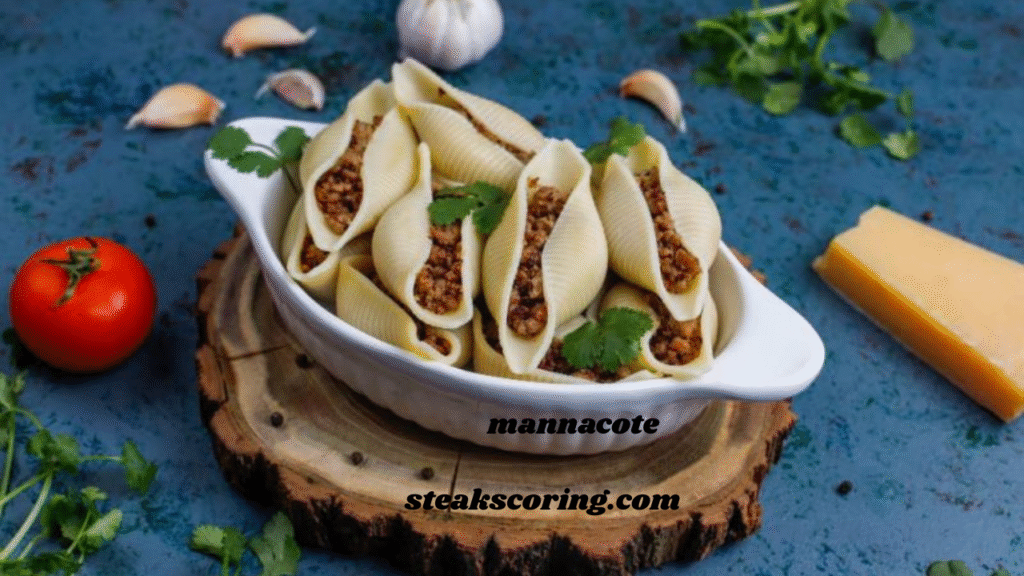
When people hear mannacote, many think of a pasta dish. It is, in fact, closely tied to manicotti, an Italian-American favorite made with large pasta tubes stuffed with ricotta cheese, spinach, or meat, and baked in tomato sauce.
The variation mannacote seems to come from how different generations of Italian-American families pronounced and spelled the word. Immigrant communities often adjusted Italian words into spellings or sounds that felt natural in English. Over time, manicotti could easily become mannacote in casual speech.
This isn’t unusual. Words like “gabagool” for capicola or “proshoot” for prosciutto show how regional dialects shaped food names as they traveled from Italy to the United States. Mannacote likely belongs to this same category of “Americanized Italian” vocabulary.
Mannacote vs. Mannacote??
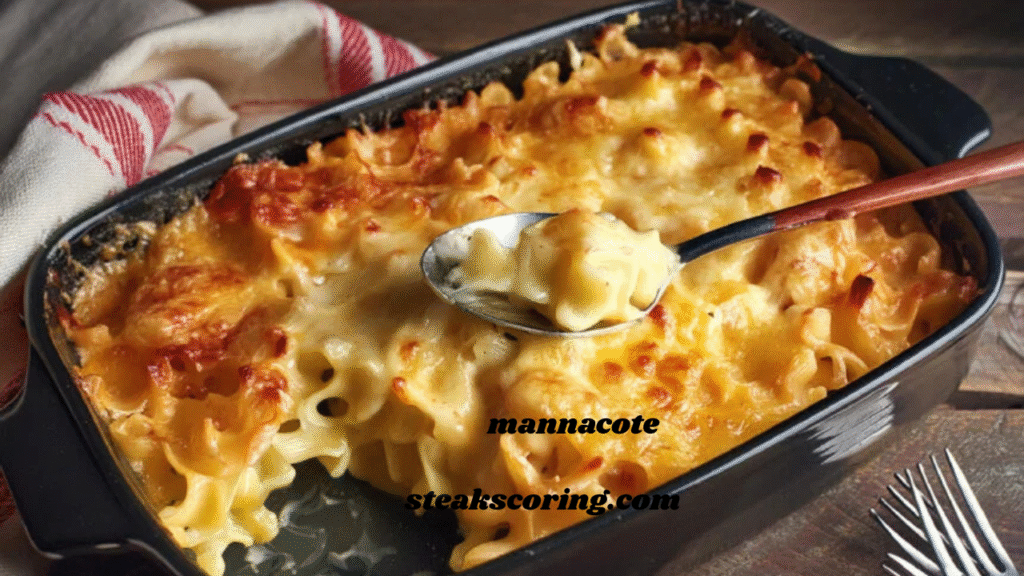
So why does the word sometimes appear as mannacote?? with the question marks? That usually reflects hesitation, uncertainty, or even humor. Writers or cooks may not be sure about the exact spelling, so they add punctuation to show they’re guessing.
This points to a larger truth: food language is alive and flexible. Family recipes often pass down orally, and names can shift over time. One grandmother might write “mannacote,” another “manacot,” and a younger generation might try “mannacote??” when searching for the dish online.
The question marks, in a way, represent the ongoing search for identity. Food names tell stories about memory, migration, and adaptation. Mannacote?? is not just a mistake; it’s evidence that language around food is personal and evolving.
The Dish Itself: A Closer Look
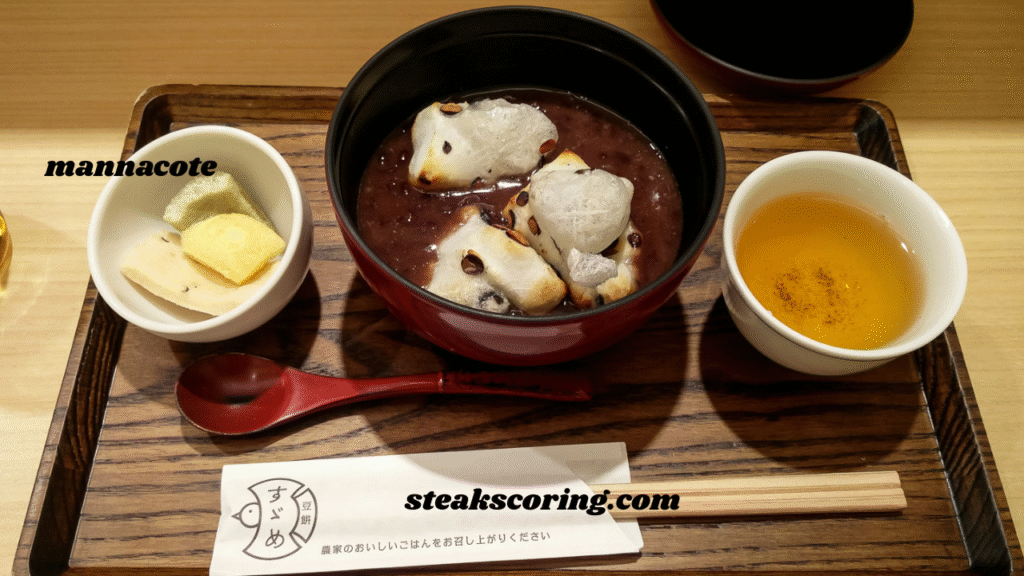
At its heart, whether we call it manicotti or mannacote, the dish itself is unmistakable. It usually involves:
- Pasta Tubes or Crepes: Traditionally, manicotti is made with large tubular pasta. However, in many Italian-American households, thin crepes replace the pasta, creating a softer texture.
- Filling: A creamy blend of ricotta cheese, sometimes mixed with mozzarella, parmesan, spinach, or ground beef.
- Sauce: Rich marinara or tomato sauce poured over the stuffed pasta.
- Baking: The dish is layered with cheese and baked until bubbling.
This combination makes mannacote a comfort food. It’s hearty, family-centered, and ideal for gatherings. Its richness and celebratory nature explain why it became so embedded in Italian-American culture.
Costco Crepe Mannacot
In recent years, the phrase costco crepe mannacot has appeared, showing how big retailers adapt traditional dishes for a wider audience. Costco, known for bulk items and ready-to-bake meals, offers crepe-based manicotti in some regions.
The use of “crepe” highlights the variation that many Italian-American families already practiced. Instead of buying hard pasta tubes, they would prepare soft, thin crepes, roll them around ricotta filling, and bake them like manicotti. Costco’s version mirrors this tradition, while giving it a modern spin that’s easy for customers to purchase and enjoy.
The connection between mannacote and costco crepe mannacot shows how a once-local family dish has now reached national distribution. It also demonstrates how food names evolve, carrying traces of tradition even when packaged in warehouse freezers.
Language, Memory, and Food
Mannacote is not just about pasta. It reflects how immigrant communities remembered and reshaped their culture in a new country. Language drift turned manicotti into mannacote. Generations repeated the sounds at Sunday dinners until the altered word felt natural.
When families wrote down recipes or passed them on verbally, the variations stuck. Some might say mannagote, others mannacote??, but all meant the same dish. Food becomes a form of memory, and names become markers of heritage.
In this sense, mannacote is both a recipe and a cultural archive. It reminds us how traditions bend without breaking, adapting to new settings while keeping their emotional weight.
Why the Variations Persist
The persistence of spellings like mannacote or mannacote?? comes down to three reasons:
- Oral Tradition: Families often shared the recipe through conversation, not written text. Spelling was flexible.
- Dialect Influence: Italian dialects varied widely, and American ears often transformed sounds into simpler spellings.
- Cultural Pride: Using “family” spellings felt authentic, even if they didn’t match the dictionary.
In today’s digital age, these variations show up in blogs, online recipes, and even product descriptions. They might confuse outsiders, but for insiders, they feel familiar and warm.
Modern Relevance of Mannacote
Even with changing diets and global influences, mannacote remains relevant. It appears at holiday tables, family reunions, and community gatherings. Restaurants continue to serve manicotti, and supermarkets now stock versions like the costco crepe mannacot.
The dish represents comfort food in its purest sense: filling, flavorful, and tied to memory. For many, saying mannacote brings back images of grandparents in the kitchen, the smell of sauce simmering, and a long table filled with laughter.
Conclusion
Mannacote or mannacote?? may look like a spelling error at first glance, but it holds a deep cultural story. It links to manicotti, a classic Italian-American pasta dish, while showing how language and food adapt through time. From family kitchens to Costco aisles with costco crepe mannacot, the journey of this word and dish reflects both tradition and transformation.
In the end, whether you spell it manicotti, mannacote, or mannacote??, the meaning is the same: comfort, heritage, and the shared joy of food that bridges generations.
Also Read : Koriandri, ??, and the Cultural, Historical, and Practical Perspectives
Food & Drinks
Koriandri, ??, and the Cultural, Historical, and Practical Perspectives
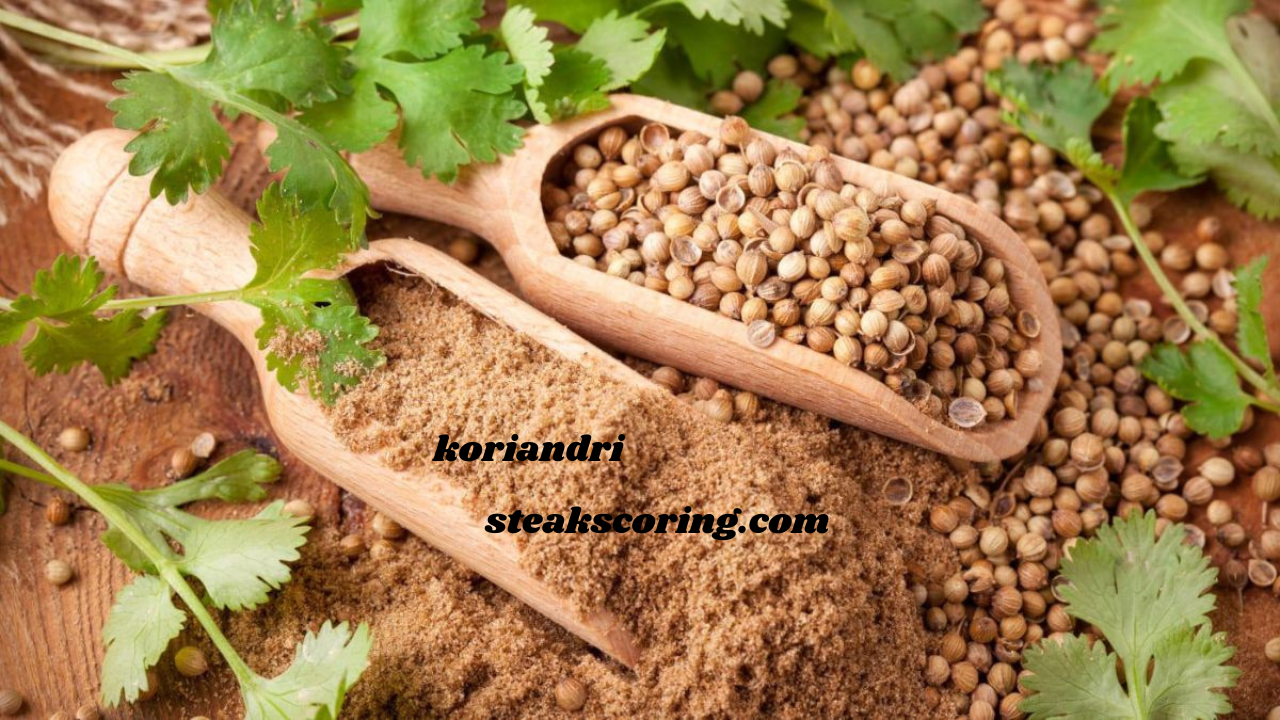
Introduction
Koriandri, often surrounded by curiosity due to its unusual spelling and representation, carries layers of meaning that connect food, language, and tradition. The term seems to echo the word coriander, which is known worldwide as both an herb and spice, yet the double question marks (??) attached to it open the door to interpretation, symbolism, and questions of origin. This article explores koriandri, ??, from multiple angles—its history, culinary uses, cultural symbolism, linguistic quirks, and modern relevance.
The Linguistic Roots of Koriandri

The word koriandri appears to be a variation or transliteration of coriander, which itself has a deep linguistic history. The term derives from the Greek koris (meaning “bug”) because the raw leaves were said to have a pungent smell reminiscent of crushed insects. Over centuries, the word spread into Latin (coriandrum), then into Old French (coriandre), and eventually into English as coriander.
Koriandri stands as a reminder of how words evolve when crossing cultures and languages. The addition of ?? in modern discussions might symbolize mystery, uncertainty, or even the curiosity attached to understanding how language changes across regions.
Culinary Importance of Koriandri
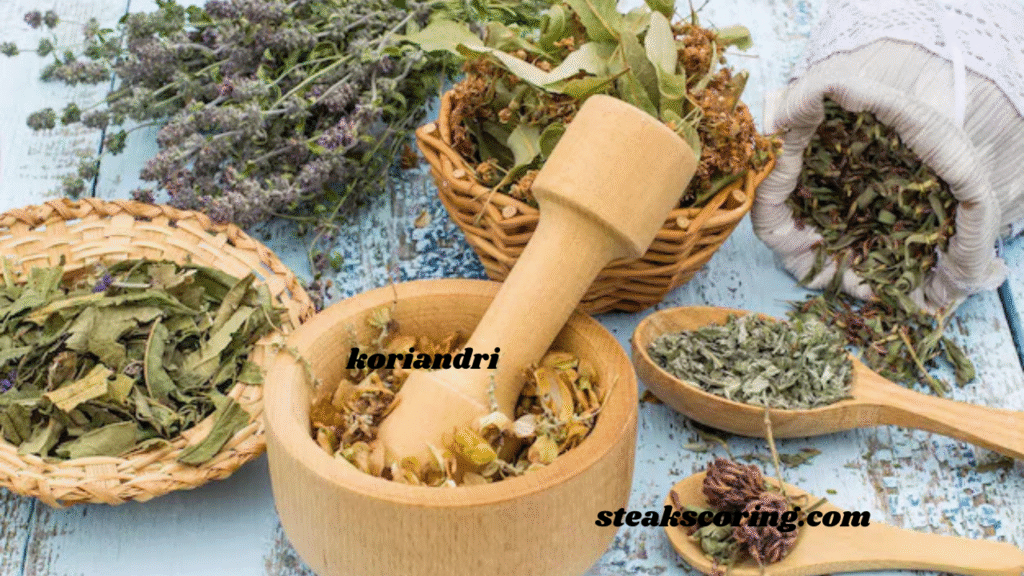
In kitchens around the world, koriandri takes center stage in two distinct forms: the fresh leaves (known as cilantro in many English-speaking countries) and the dried seeds (coriander). Each brings a unique identity to dishes:
- Leaves (Cilantro / Koriandri greens): Fresh, citrusy, and slightly peppery, these are often used as a garnish or blended into sauces like salsa verde, chutneys, and guacamole.
- Seeds: Warm, nutty, and earthy in flavor, coriander seeds are a staple in spice blends such as garam masala, ras el hanout, and pickling mixes.
From Mexican salsas to Indian curries, Middle Eastern salads to Southeast Asian soups, koriandri bridges continents and flavors. It reflects how one plant can carry multiple roles in global cuisines.
Cultural Symbolism of ?? in Koriandri
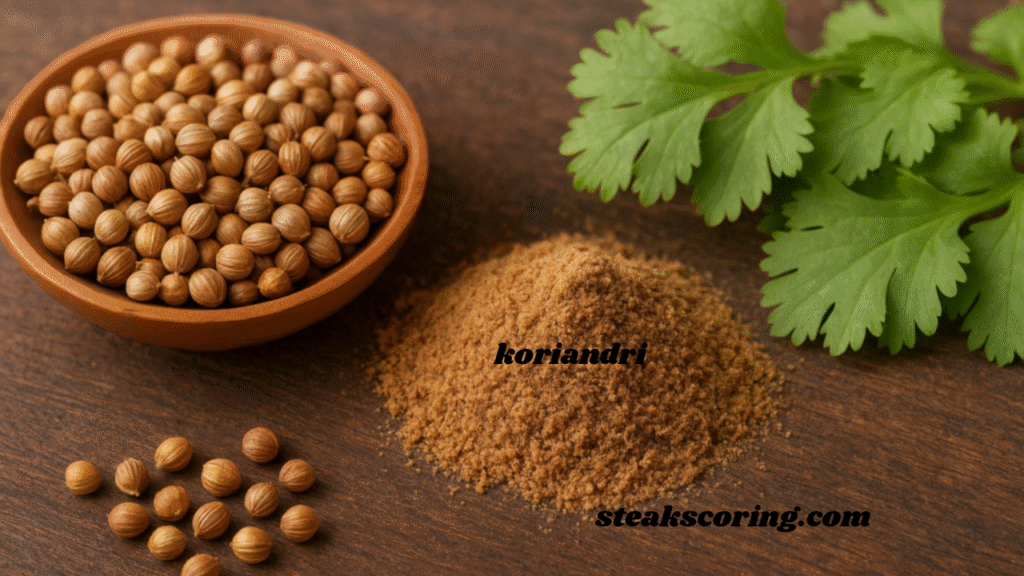
The inclusion of ?? alongside koriandri can be viewed as an expression of ambiguity or a placeholder for cultural depth. It suggests a sense of questioning: what exactly does koriandri mean in this context?
In a symbolic sense, ?? emphasizes how something as common as a kitchen herb can still spark debate and curiosity. For some cultures, coriander is an essential household ingredient. For others, its taste can be polarizing—loved by many, disliked by those who inherit the genetic trait that makes the leaves taste soapy. The ?? might stand for the unpredictability of taste, or for the unanswered questions surrounding cultural exchange.
Historical Role of Koriandri
The history of koriandri goes far beyond seasoning. Archaeological evidence shows coriander seeds were found in the tomb of Tutankhamun in Egypt, dating back more than 3,000 years. Ancient Greeks and Romans used it both in cooking and medicine, praising its digestive properties.
In medieval Europe, coriander seeds were used in love potions and as a preservative. Traders carried koriandri across the Silk Road, spreading it through Asia and introducing it into diverse culinary traditions. This long journey highlights its importance as not only a flavoring but also a cultural connector between civilizations.
Health Benefits and Medicinal Uses
Modern science has confirmed what ancient healers suspected: koriandri offers more than taste. Some of its key health benefits include:
- Digestive Aid: Coriander seeds help reduce bloating and improve digestion.
- Anti-inflammatory Properties: Compounds in the plant are linked to reducing inflammation.
- Blood Sugar Regulation: Studies suggest koriandri may help lower blood sugar levels.
- Detoxification: Cilantro leaves are believed to assist in binding heavy metals, aiding detoxification.
This dual identity of koriandri as both a kitchen staple and a natural remedy adds to its enduring presence in households worldwide.
Modern Interpretations of Koriandri, ??
In the modern context, koriandri, ??, might be read as a symbol of global food culture, where boundaries blur and flavors intermingle. It also reflects the human tendency to question, reinterpret, and even play with language. Online, the ?? can be shorthand for curiosity or confusion—perhaps pointing to how coriander inspires strong opinions and ongoing debate.
In fusion cuisine, koriandri is essential. Chefs experimenting with global recipes use it to tie together different traditions. In social media conversations, the ?? can signify debates over whether coriander tastes refreshing or unpleasant. In this way, koriandri becomes both a spice and a cultural metaphor.
Conclusion
Koriandri, ??, is more than a word—it is a story of language evolution, culinary tradition, cultural symbolism, and global identity. From ancient Egyptian tombs to modern kitchens, from spice jars to digital conversations, koriandri continues to raise questions and inspire connection. The ?? reminds us that curiosity is part of the journey, and that even the simplest herbs carry histories and meanings worth exploring.
Also Read : Steakhouse Vero Beach: Exploring Flavor, Tradition, and the Best Cuts in Town
-

 Entertainment5 days ago
Entertainment5 days agostar wars the clone wars anakin vs obi wan
-

 Food & Drinks1 week ago
Food & Drinks1 week agoBest Steakhouse in Kansas City: A Complete Guide to Dining, Flavor, and Tradition
-

 Blog1 week ago
Blog1 week agoBest Steakhouse Sacramento?? Exploring the Top Sacramento Steak Restaurants
-

 Food & Drinks1 week ago
Food & Drinks1 week agoSteakhouse Vero Beach: Exploring Flavor, Tradition, and the Best Cuts in Town
-

 Blog5 days ago
Blog5 days agoJune Baranco, Life, and Legacy??
-

 Food & Drinks1 week ago
Food & Drinks1 week agoSteakhouse Branson MO: Exploring the Best Steaks in the Heart of the Ozarks
-

 Business1 week ago
Business1 week agoSteakhouse Branson MO: Discovering the Best Steaks and Dining in the Ozarks
-

 Business1 week ago
Business1 week agoSteakhouse St Augustine FL: A Complete Guide to the Best Steaks and Dining Experiences




